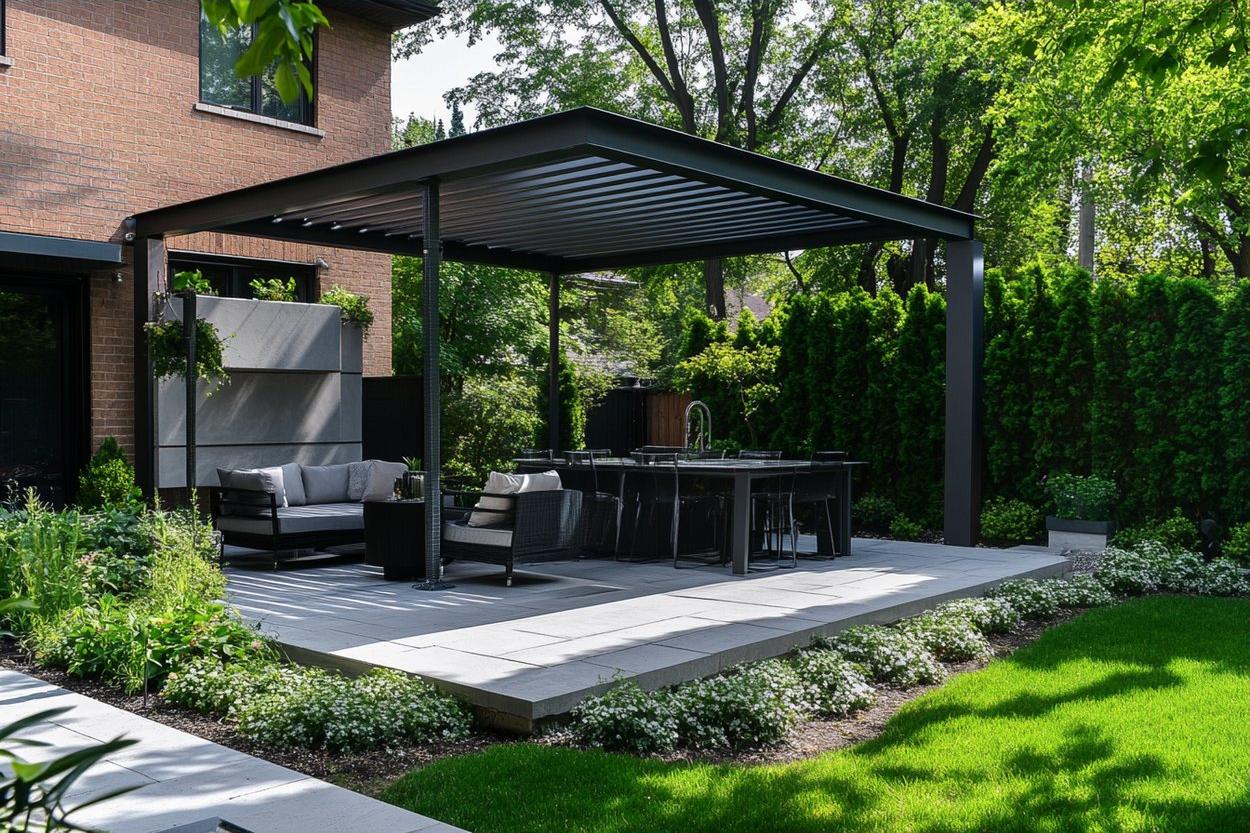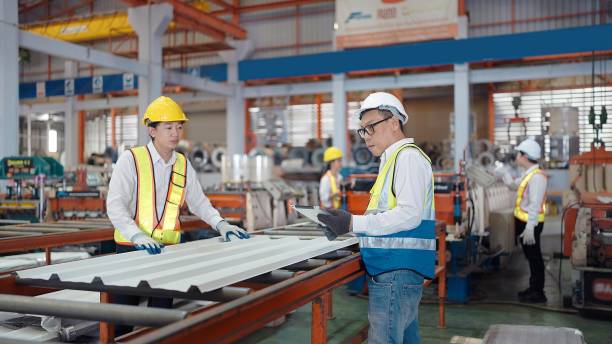Easy-to-Install Pergolas: Explore Options and Pricing
Transform your outdoor space with a pergola that combines style, functionality, and ease of installation. Modern pergolas offer homeowners an accessible way to create defined outdoor living areas while providing partial shade and architectural interest. With various materials, designs, and installation methods available, choosing the right pergola involves understanding your specific needs, local climate conditions, and budget considerations for 2025.

Creating an inviting outdoor living space has become increasingly important for homeowners seeking to extend their usable square footage. Pergolas represent one of the most versatile and attractive solutions for enhancing patios, gardens, and backyard areas. These structures provide partial shade, define outdoor spaces, and serve as frameworks for climbing plants or outdoor lighting systems.
Key Factors to Consider When Selecting a Pergola for Your Outdoor Space in 2025
Selecting the right pergola requires careful evaluation of several critical factors. Size considerations should align with your available space and intended use, whether for dining, entertaining, or relaxation. Material selection impacts both aesthetics and longevity, with options ranging from traditional wood to modern aluminum and vinyl composites. Local building codes and permit requirements vary significantly by location, making research essential before installation. Climate considerations affect material choice and structural requirements, particularly in areas prone to high winds, heavy snow loads, or intense UV exposure.
How to Choose Between a Pergola and a Patio Cover Based on Climate, Design, and Functionality
The decision between pergolas and patio covers depends largely on your specific environmental conditions and functional requirements. Pergolas excel in moderate climates where partial shade suffices, offering open-air appeal and natural ventilation. Their slatted roof design allows filtered sunlight while maintaining airflow, making them ideal for areas with mild weather patterns. Patio covers provide complete overhead protection, making them more suitable for regions with frequent rain, intense sun, or unpredictable weather. Design preferences also influence this choice, as pergolas offer a more decorative, garden-like aesthetic, while patio covers tend toward functional, architectural integration with existing structures.
Practical Insights into Materials, Maintenance, and Modern Styles for 2025
Material selection significantly impacts both initial investment and long-term maintenance requirements. Cedar and redwood offer natural beauty and weather resistance but require regular staining or sealing every two to three years. Aluminum pergolas provide excellent durability with minimal maintenance, featuring powder-coated finishes that resist fading and corrosion. Vinyl options offer the lowest maintenance requirements but may have limited color and style choices. Modern design trends favor clean lines, mixed materials, and integrated technology features such as retractable canopies, LED lighting systems, and motorized louvers for adjustable shade control.
| Pergola Type | Provider | Material | Cost Estimation |
|---|---|---|---|
| Cedar Kit | Home Depot | Western Red Cedar | $800 - $2,500 |
| Aluminum Structure | Pergola Depot | Powder-coated Aluminum | $1,200 - $4,000 |
| Vinyl Assembly | Backyard Discovery | Maintenance-free Vinyl | $1,000 - $3,200 |
| Custom Wood | Local Contractors | Various Wood Species | $2,000 - $8,000 |
| Retractable Canopy | SunSetter | Aluminum Frame with Fabric | $1,500 - $5,500 |
Prices, rates, or cost estimates mentioned in this article are based on the latest available information but may change over time. Independent research is advised before making financial decisions.
Installation complexity varies considerably among different pergola types and sizes. Pre-fabricated kits typically require basic tools and can be assembled by homeowners with moderate DIY skills over a weekend. These kits include detailed instructions, pre-cut materials, and necessary hardware. Custom installations may require professional contractors, particularly for larger structures or those requiring concrete footings. Ground preparation, foundation requirements, and local soil conditions all influence installation difficulty and associated costs.
Maintenance schedules depend heavily on material choices and environmental exposure. Wood pergolas benefit from annual inspections for loose fasteners, signs of rot, or insect damage. Regular cleaning with mild soap solutions helps prevent mold and mildew buildup. Metal structures require periodic inspection of joints and hardware, with occasional touch-up painting for scratched areas. Fabric components on retractable systems need seasonal cleaning and proper storage during harsh weather conditions.
Accessory options can significantly enhance pergola functionality and aesthetic appeal. Retractable shade cloths provide adjustable sun protection while maintaining the open feel of traditional pergolas. String lighting creates ambient illumination for evening use, while ceiling fans improve comfort during warmer months. Privacy screens, climbing plant supports, and integrated planters allow customization to match specific outdoor living goals and landscape designs.
Selecting an easy-to-install pergola involves balancing aesthetic preferences, functional requirements, and budget considerations. Understanding material characteristics, maintenance needs, and installation requirements helps ensure your investment provides years of outdoor enjoyment. Whether choosing a simple kit assembly or custom design, proper planning and quality materials create attractive, durable outdoor living spaces that enhance property value and lifestyle satisfaction.




